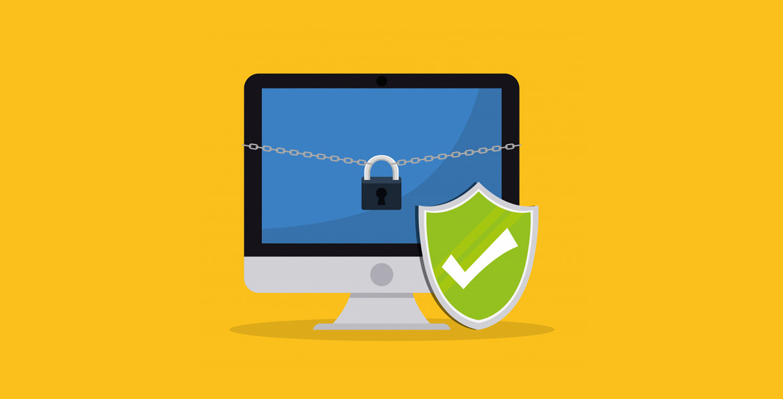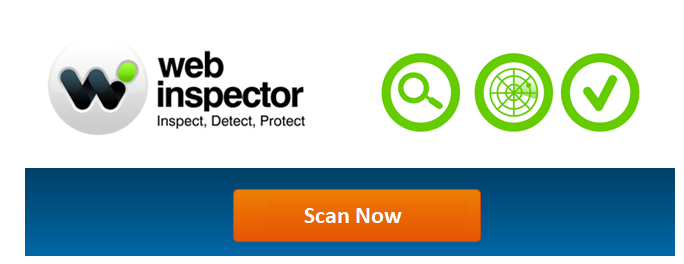Putting a website on the internet refers to the very aspect of exposing that website to hacking attempts, traffic sniffers, data miners, and port scans. While visiting a website, most of us look for the lock icon just to make sure a site is secure, however, that only scratches the surface of what can be done to shield a web server. Cookies store sensitive data from websites; securing these can avoid impersonation. Furthermore, establishing a few configuration options can actually protect both your complete website presence against both automated and manual cyber attacks, thus preventing your customer’s data from getting compromised.
Given below is a website security checklist for 2019. Following this checklist will help strengthen the security for your business website and also guard it against sensitive information exposure and several other vulnerabilities.
- Conduct periodic website scans for security vulnerabilities
Web application scanning will help find loopholes or vulnerabilities in a website that hackers could target. Using a good online web scanner is one effective way to check your website for threats or vulnerabilities. To regularly check implemented security capabilities, you can carry out vulnerability assessment and penetration testing and then apply fixes to ensure that your website is not vulnerable and open-to-hack for the hackers.
- Install a web application firewall
A Web application firewall (WAF) is capable of protecting a website or web application from different application layer cyber-attacks such as SQL injection, broken authentication and sensitive backend data exposure, cross-site-scripting (XSS), file inclusion, bot attacks, cross-site request forgery, and many more. This WAF will permit you to monitor and manage the website’s security and also boost the website’s performance.
- Use secure and strong passwords
Passwords like “12345” or “password” are some of the basic formats still used by a few individuals. As part of this website security checklistWeb application scanning will help find loopholes or vulnerabilities in a website that hackers could target., ensure to create passwords that have a combination of special characters, alphabets, and numbers. Refrain from using something that can be easily guessed by an acquaintance. Meaning, do not use your date of birth or kid’s name etc. Be creative and make sure not to use the same website for all your logins. Keep changing your passwords once in six months.
- Keep all your software up to date
Updating your software can be an easy task but it is one that makes a big difference. Several software updates are custom designed just to reduce security vulnerabilities. Cybersecurity experts and software designers are in a constant battle with hackers to prevent any new effort they come up with. The reminders you get about most of those software updates are actually part of that battle. Constantly check for updates to your plug-ins, your e-commerce software, your CMS, and any other software related to the working of your website. This will help in instantly reducing your vulnerability.
- Take regular backups
Taking a regular backup of your website/data on a weekly or monthly basis is highly recommended because backups can make an entire copy of your database or website files allowing you to restore or rollback your website to its earlier state.
- Set up SSL certificate
Before giving away any sensitive/personal data, your customers will first have to be guaranteed that they are visiting a website that is secure. This type of guaranteed security can be provided by an SSL certificate. This certificate will ensure that your website displays a green HTTPS in the browser bar. This is what consumers look for to ensure that a website can be trusted. This additional level of protection ensures that the details shared by the customer with you are accurately encrypted, thus preventing cyber thieves from easily getting hold of this data.
- Use secure cookies
It is possible to transmit secure cookies only across an SSL connection. Failure to use secure cookies would result in permitting a third party to intercept a cookie sent to a client and then impersonate that client to the web server. To use secure cookies, it is expected that you should have already guaranteed sitewide SSL, as cookies will not get delivered over unencrypted connections.
- Employ HttpOnly cookies
Protecting cookies ensure that the data stored by your site on visiting systems remains private and cannot be exploited by an imposter. HttpOnly cookies limit access to cookies so that cross-site scripting flaws and client-side scripts will not be able to take advantage of stored cookies. This should be enabled so that contemporary browsers that support HttpOnly can have extra protection. Users will continue to receive traditional cookies if their browsers fail to support HttpOnly.
- Use a DDoS mitigation service
Distributed denial of service (DDoS) attacks take place when a hacker sets several compromised systems to flood the bandwidth of a website simultaneously. The server then gets overwhelmed and begins to reject all visitors. Using a web hosting provider capable of putting protective measures into place is considered to be the first line of defense, but with the increased spread of common DDoS attacks, making an added investment in a DDoS mitigation service can further reduce your risk.
- Reduce SQL injection vulnerabilities
SQL injection vulnerabilities permit hackers to get ahold of the sensitive information stored in your database. This information mostly includes details like your customers’ credit card numbers, passwords etc. The main defenses against SQL injections include:
Escaping user-supplied input, so that the database will be able to recognize any data users supply as different from SQL code written by the developer.
Apply white list input validation, which permits the database to identify any unauthorized input prior to processing it.
Employing parameterized queries to help your database distinguish the difference between data and code.
Using stored measures that are clearly defined within the database and provided to users, instead of letting them enter their own.
Related Resources
Best Website Security
Website Status
Free Website Malware Scanner
DDoS Attack








